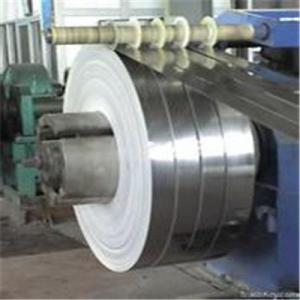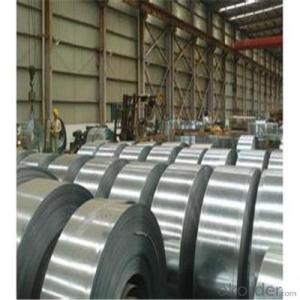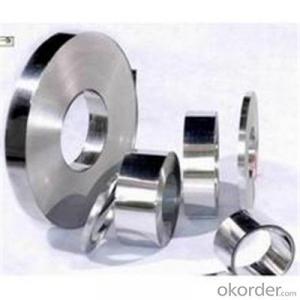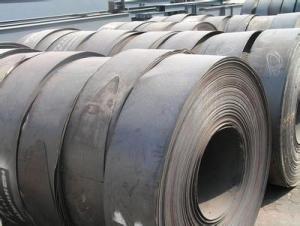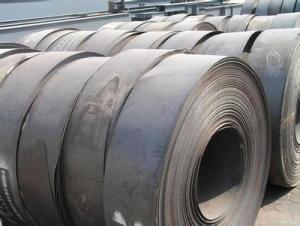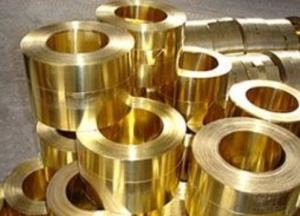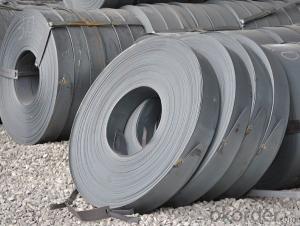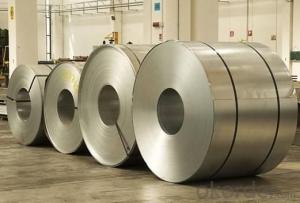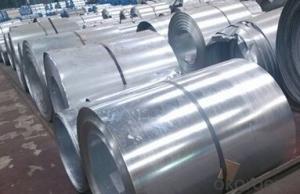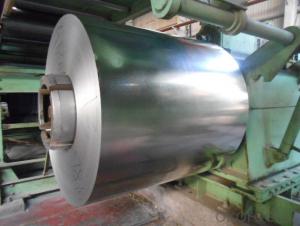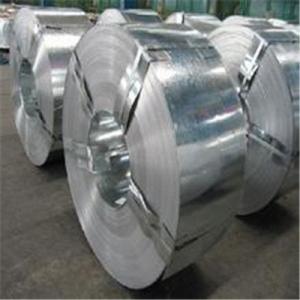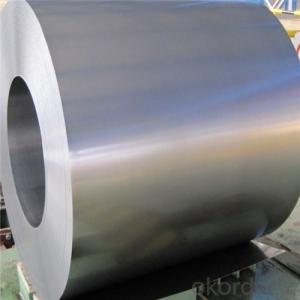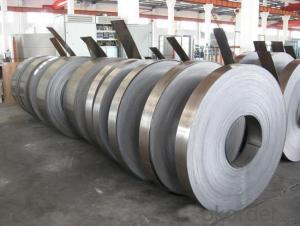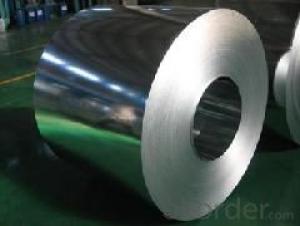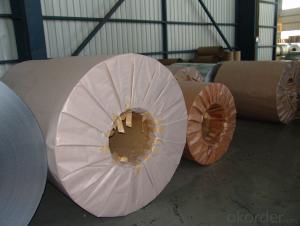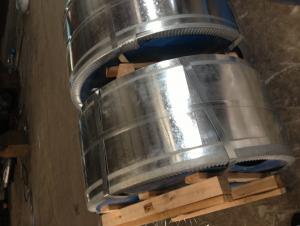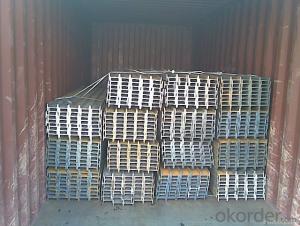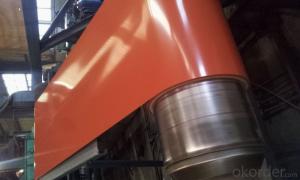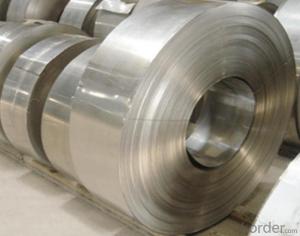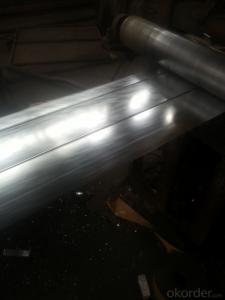Hot -dip Galvanized Steel Strip Coils Professional Manufacturer in China
- Loading Port:
- Shanghai
- Payment Terms:
- TT OR LC
- Min Order Qty:
- 22 m.t.
- Supply Capability:
- 4433222 m.t./month
OKorder Service Pledge
OKorder Financial Service
You Might Also Like
Specification
Applications of Steel Strip Coils:
1:Chemical industry equipment, Industrial tanks
2:Medical Instruments,Tableware, Kitchen utensil,kitchen ware
3:Architectural purpose, Milk & Food processing facilities
4:Hospital Equipment, interior Exterior decoration for building
5:Architectural purposes, escalators, kitchen ware,vehicles
Festures of Steel Strip Coils:
Standards: Q195 SGCC DX51D
Other steel grade can be provided after negotiating with customers.
Size: thickness 0.08-5mm, width 10-950mm
Packing: Seaworthy packing.
Specifications of Steel Strip Coils:
| Description | Hot Rolled Steel Strip |
| Brand | Tianjin Metallurgical No.Steel Group |
| Specification | 1.2-6.0mm*70mm |
| Standard | AISI,ASTM,BS,DIN,GB,JIS |
| Material | Q195,Q215,Q215B,Q235,Q235B |
| Application | Widly used in welding steel pipes, and bicycle making etc. |
| Certificates | BV,SGS,ISO etc. |
| MOQ | 20 tons or according to customers’ requirement. |
| Port of Delivery | Tianjin Port of China |
| Remarks | We can provide qualify goods,competitive price and speedy delivery |
Images of Steel Strip Coils:
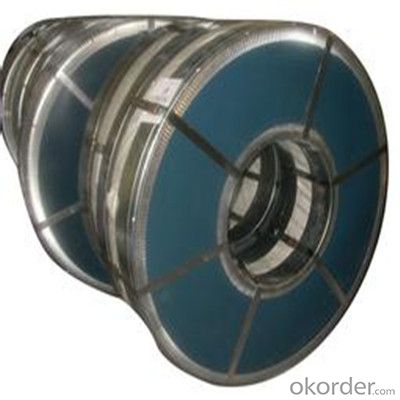
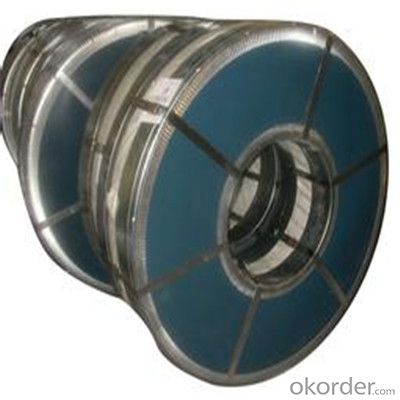
FAQ
1.What's your MOQ?
25MT, it is for one container.
2.Do you have QC teams?
Yeah, sure, our QC team is very important, they will keep the quality control for our products.
3. What's your normal delivery time?
Our delivery time about 10-20days for standard sizes, if you have other requirements like hardness and width ,it is about 20-40days.
- Q: Can steel strips be used in the manufacturing of consumer goods?
- Yes, steel strips can be used in the manufacturing of consumer goods. Steel strips are versatile and have a wide range of applications in various industries, including consumer goods manufacturing. They are commonly used in the production of appliances, automotive parts, electronics, furniture, and many other consumer products. Steel strips offer several advantages such as high strength, durability, and resistance to corrosion, which make them suitable for consumer goods where these properties are essential. Additionally, steel strips can be easily formed, shaped, and manipulated to meet specific product requirements.
- Q: Can steel strips be used in the production of food packaging materials?
- Yes, steel strips can be used in the production of food packaging materials. Steel strips are often used to make cans and other food packaging containers because they provide strength, durability, and protection for the food inside. Additionally, steel is a non-toxic material that does not interact with or contaminate the food, making it a safe choice for food packaging.
- Q: What's the meaning of "double light" in strip cold rolling?
- Strip strip coiling: general supply, with high dimensional accuracy, good surface quality, easy processing, material saving and other advantages. With the same steel plate, strip by strip material is divided into ordinary and high quality strip two; according to the processing method of cold rolled strip steel hot strip, two.
- Q: What are the different grades of steel used in strips?
- Strips commonly utilize various grades of steel, each categorized based on their chemical composition and mechanical properties. These categories determine their suitability for different applications. Some commonly used steel grades in strips are as follows: 1. Mild steel, also known as low carbon steel, possesses a low carbon content and is easily formable and weldable. It finds application in areas that require good ductility and a smooth surface finish, like automotive components and appliances. 2. Medium carbon steel contains a slightly higher carbon content than mild steel. It offers improved strength and hardness, making it suitable for applications requiring higher load-bearing capacity, such as springs and high-strength structural components. 3. High carbon steel boasts a higher carbon content, resulting in excellent hardness and wear resistance. It is commonly used in applications demanding high strength and durability, like cutting tools, blades, and industrial machinery parts. 4. Stainless steel, containing a minimum of 10.5% chromium, exhibits excellent corrosion resistance. Stainless steel strips are widely applied in areas necessitating resistance to rust and staining, such as kitchenware, automotive trim, and architectural components. 5. Alloy steel, formed by adding various alloying elements like manganese, nickel, chromium, or molybdenum to ordinary carbon steel, enhances its strength, hardness, and overall performance. Alloy steel strips are commonly used in applications requiring high tensile strength, such as automotive gears, shafts, and fasteners. Selecting the appropriate grade of steel for a specific application is crucial, taking into account factors like strength requirements, corrosion resistance, formability, and cost. Manufacturers and engineers meticulously evaluate these factors to ensure optimal performance of the chosen steel grade in the desired application.
- Q: How are steel strips processed for surface plating?
- To ensure proper adhesion and a smooth finish, the surface plating of steel strips involves a series of steps. These steps typically include: 1. Thoroughly cleaning the steel strips to eliminate any surface contaminants like dirt, grease, or other substances. This is accomplished by employing a combination of chemical cleaning agents and mechanical scrubbing. 2. Treating the cleaned steel strips to prepare their surface for plating. This can involve various techniques such as pickling, acid etching, or mechanical roughening. The objective is to create a roughened surface that promotes better adhesion of the plating material. 3. Immersing the prepared steel strips in an electrolyte bath containing the desired plating material. An electric current is then applied to the bath, causing the plating material to adhere to the steel strips. The plating material can be zinc, nickel, chromium, cadmium, or other metals depending on the desired properties and appearance. 4. Subjecting the electroplated steel strips to additional treatments to enhance the properties of the plating. These treatments may include heat treatment, passivation, or the application of a protective coating. These steps contribute to improving the plating's durability, corrosion resistance, and aesthetic appearance. 5. Implementing quality control measures throughout the entire process to ensure the plating meets the required specifications. Visual inspection, thickness measurement, adhesion tests, and other testing methods are employed to guarantee high-quality plating that meets the desired standards. By following these steps, steel strips can undergo effective surface plating, resulting in enhanced durability, corrosion resistance, and an appealing finish.
- Q: How are steel strips tested for impact resistance?
- Steel strips are typically tested for impact resistance using a pendulum impact test. This involves swinging a weighted pendulum to strike the steel strip and measuring the amount of energy absorbed by the material during impact. The higher the energy absorbed, the greater the impact resistance of the steel strip.
- Q: Are steel strips available in different finishes?
- Yes, steel strips are available in different finishes.
- Q: What are the common alloying elements used in steel strips?
- Steel strips commonly contain alloying elements such as carbon, manganese, silicon, and occasionally small quantities of chromium, nickel, and vanadium. The primary alloying element, carbon, significantly boosts the strength and hardness of the steel. Manganese is incorporated to enhance the steel's toughness and hardenability, while silicon aids in deoxidizing the molten steel and amplifies its strength. The addition of chromium and nickel often heightens the steel's resistance to corrosion and overall mechanical properties. Vanadium may be utilized to improve strength and wear resistance. The specific combination and proportion of these alloying elements are determined by the desired properties of the steel strip and its intended application.
- Q: What are the common grades of steel used for making strips?
- The common grades of steel used for making strips include stainless steel, carbon steel, and alloy steel.
- Q: Can steel strips be used in the renewable energy sector?
- Yes, steel strips can be used in the renewable energy sector. Steel strips are commonly used in the construction of wind turbines, solar panel frames, and other renewable energy infrastructure. They provide structural support, durability, and resistance to corrosion, making them an ideal choice for various applications in the renewable energy sector.
Send your message to us
Hot -dip Galvanized Steel Strip Coils Professional Manufacturer in China
- Loading Port:
- Shanghai
- Payment Terms:
- TT OR LC
- Min Order Qty:
- 22 m.t.
- Supply Capability:
- 4433222 m.t./month
OKorder Service Pledge
OKorder Financial Service
Similar products
Hot products
Hot Searches
Related keywords
